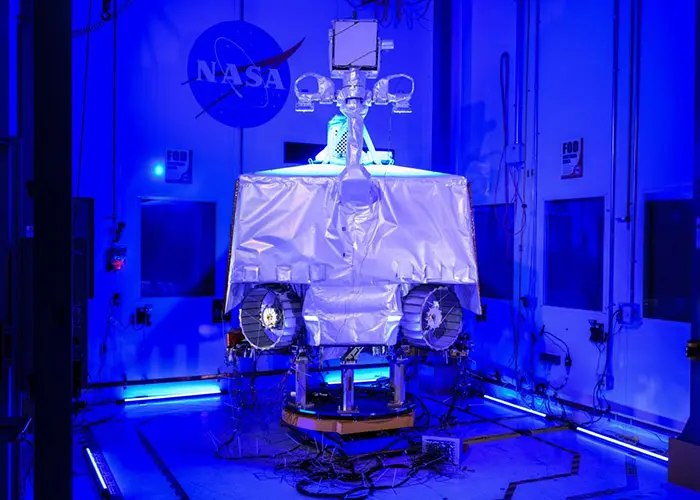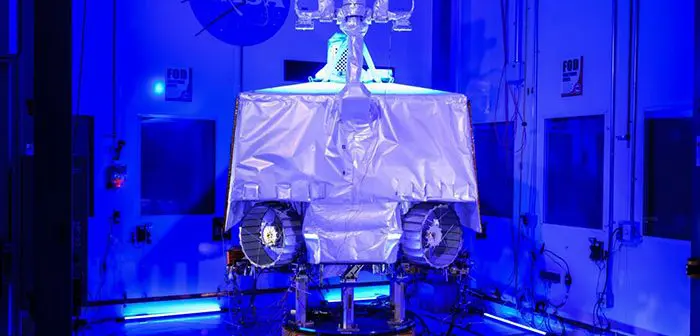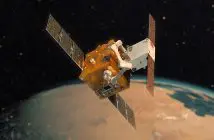
NASA will discontinue its VIPER (Volatiles Investigating Polar Exploration Rover) project. The space agency confirmed the project’s cancellation on July 18, 2024 (AEST). NASA said the cancellation was due to cost increases, delays to the launch date, and the risks of future cost growth
The rover was designed to map the location of water ice and other potential resources on the Moon on a 100-day mission. It was originally due to launch in late 2023. However, in 2022, NASA requested a launch delay to late 2024 to provide more time for preflight testing of the Astrobotic lander.
Since that time, additional schedule and supply chain delays pushed VIPER’s readiness date to September 2025, and independently its CLPS (Commercial Lunar Payload Services) launch aboard Astrobotic’s Griffin lander also has been delayed to a similar time. NASA said continuing VIPER would result in an increased cost that threatens cancellation or disruption to other CLPS missions.
“We are committed to studying and exploring the Moon,” said NASA’s Nicola Fox. “The agency has an array of missions planned to look for ice and other resources on the Moon over the next five years. Our path forward will make maximum use of the technology and work that went into VIPER, while preserving critical funds to support our robust lunar portfolio.”
NASA says it plans to disassemble and reuse VIPER’s instruments and components for future Moon missions. Before disassembly, NASA will consider expressions of interest from US industry and international partners by August 1, 2024, for use of the existing VIPER rover system at no cost to the government.
Astrobotic will continue its Griffin Mission One within its contract with NASA, working toward a launch scheduled for no earlier than Northern Hemisphere 2025 autumn. The landing without VIPER will provide a flight demonstration of the Griffin lander and its engines.
NASA will pursue alternative methods to accomplish many of VIPER’s goals and verify the presence of ice at the lunar South Pole. A future CLPS delivery, the Polar Resources Ice Mining Experiment-1 (PRIME-1), scheduled to land at the South Pole during the fourth quarter of 2024, will search for water ice and carry out a resource utilization demonstration using a drill and mass spectrometer to measure the volatile content of subsurface materials.
Additionally, future instruments as part of NASA’s crewed missions, including the Lunar Terrain Vehicle, will allow for mobile observations of volatiles across the south polar region, as well as provide access for astronauts to the Moon’s permanently shadowed regions for dedicated sample return campaigns. The agency will also use copies of three of VIPER’s four instruments for future Moon landings on separate flights.





